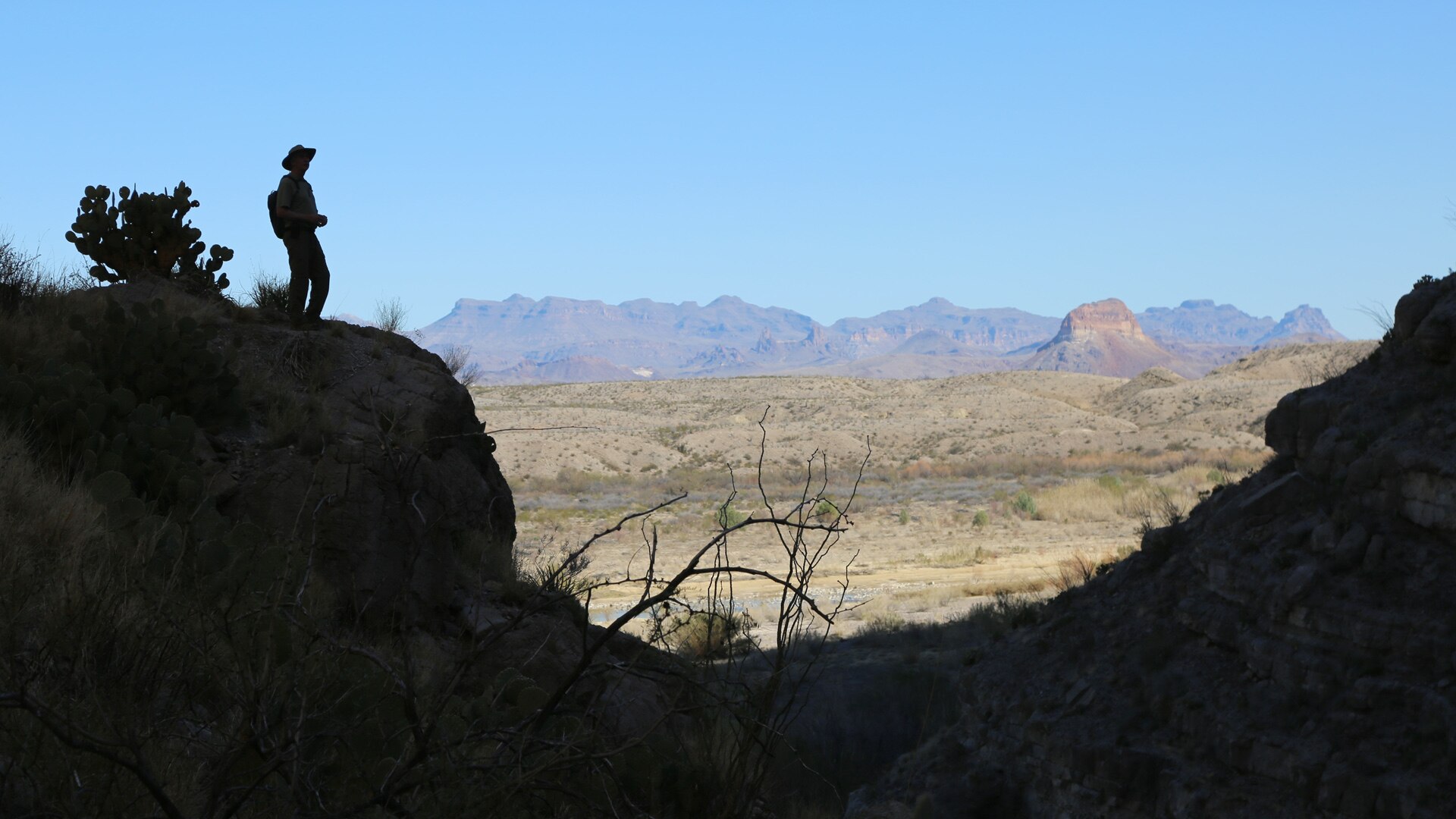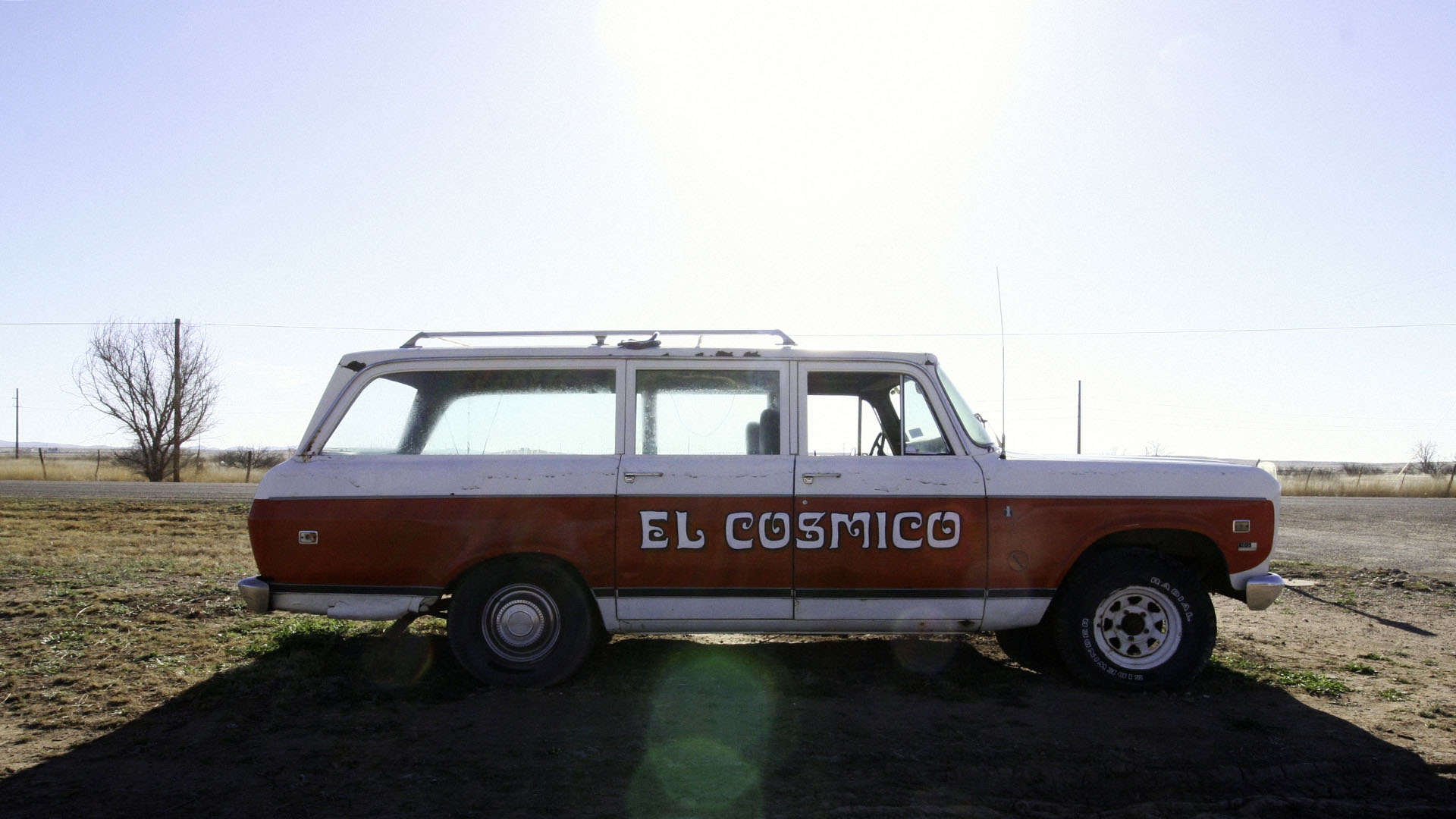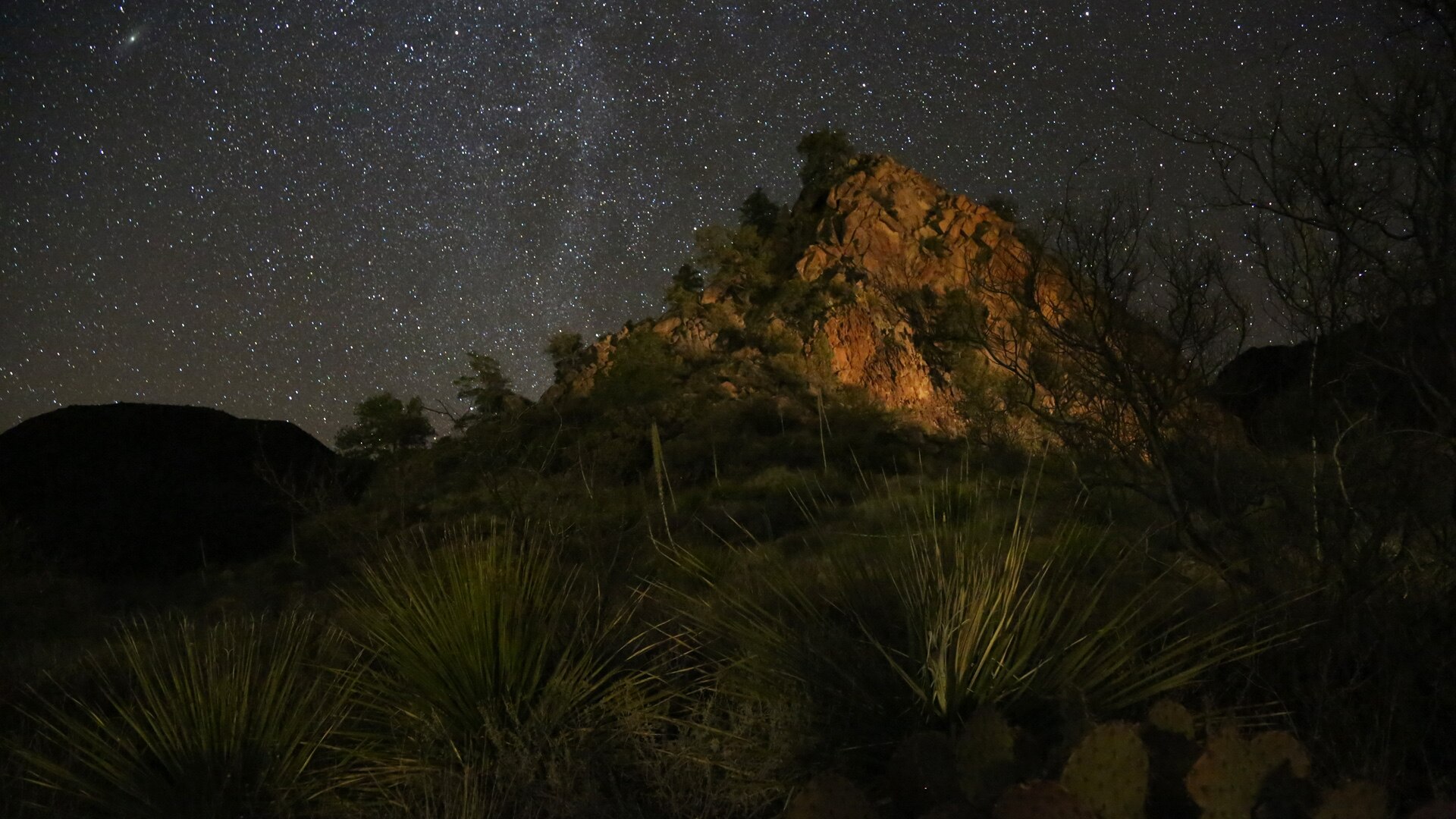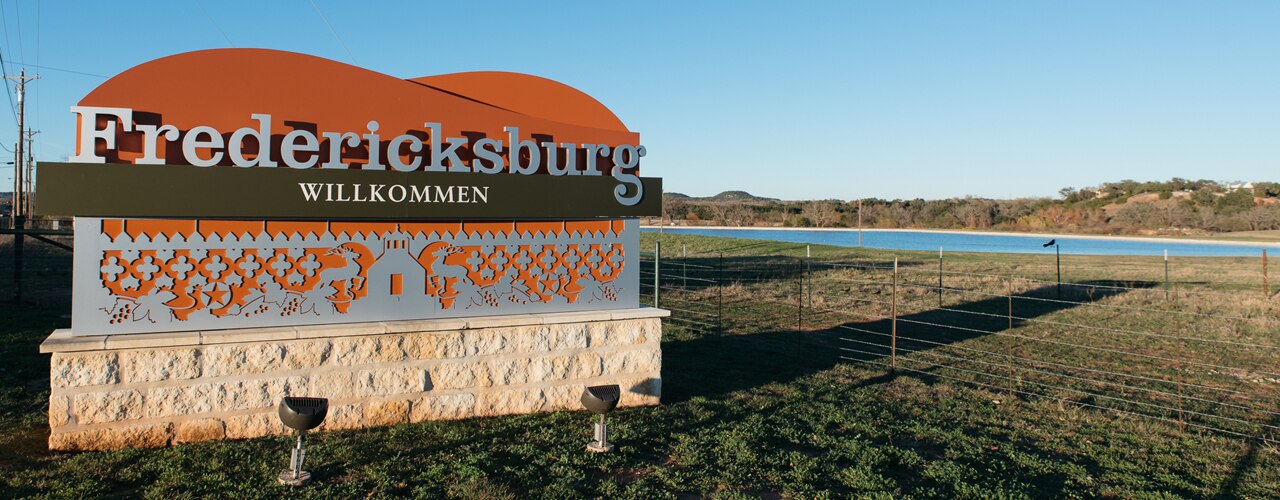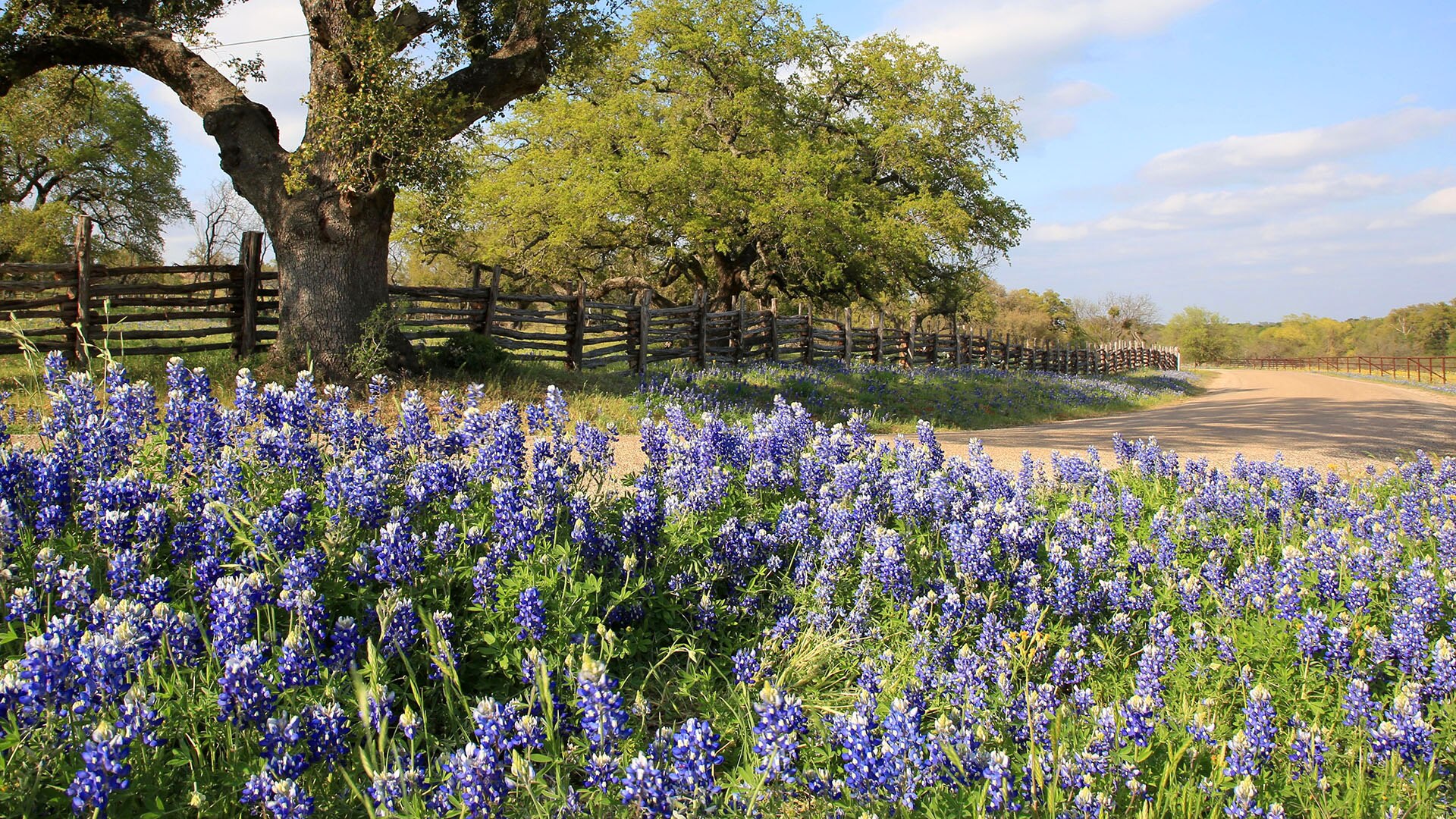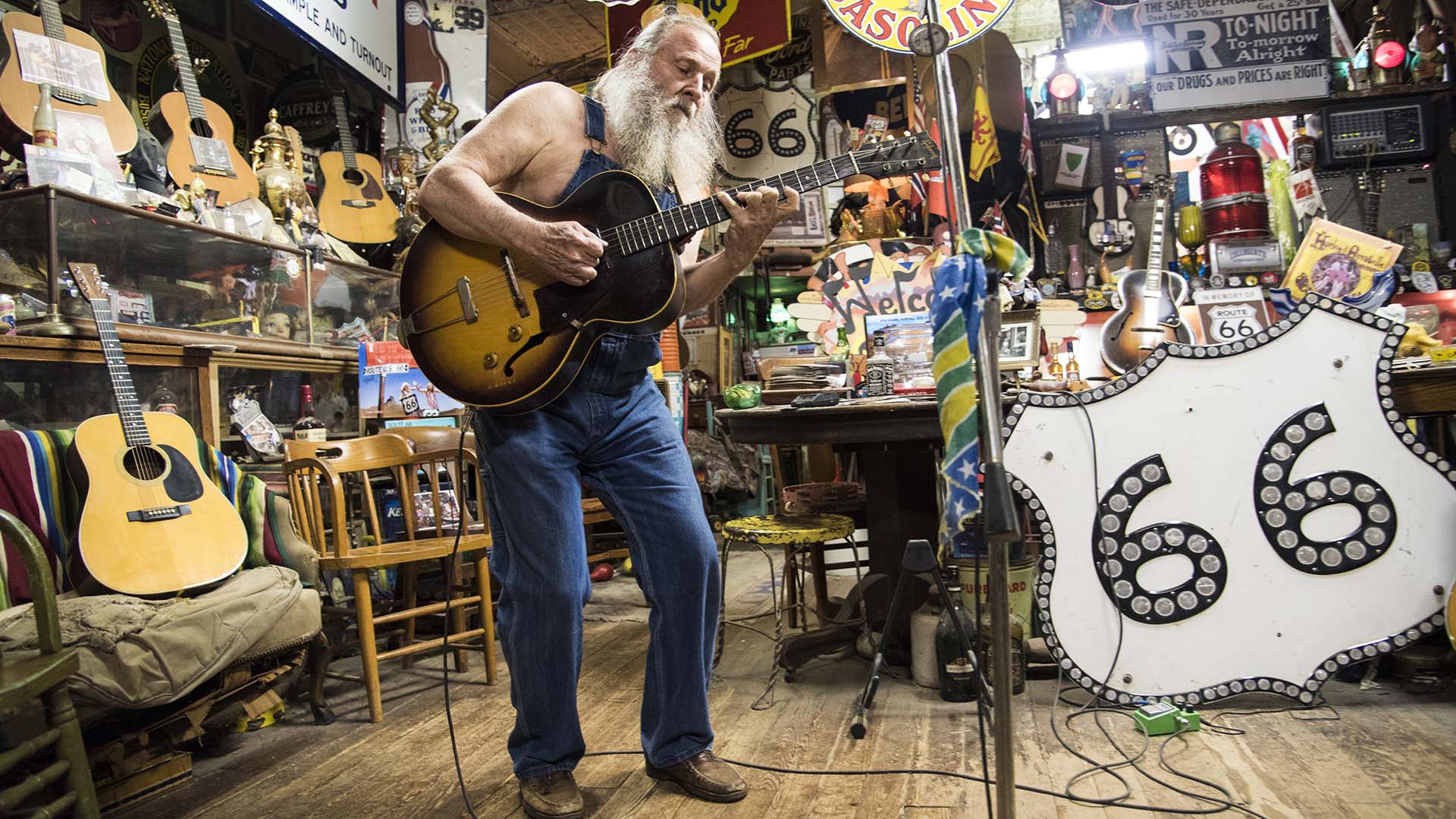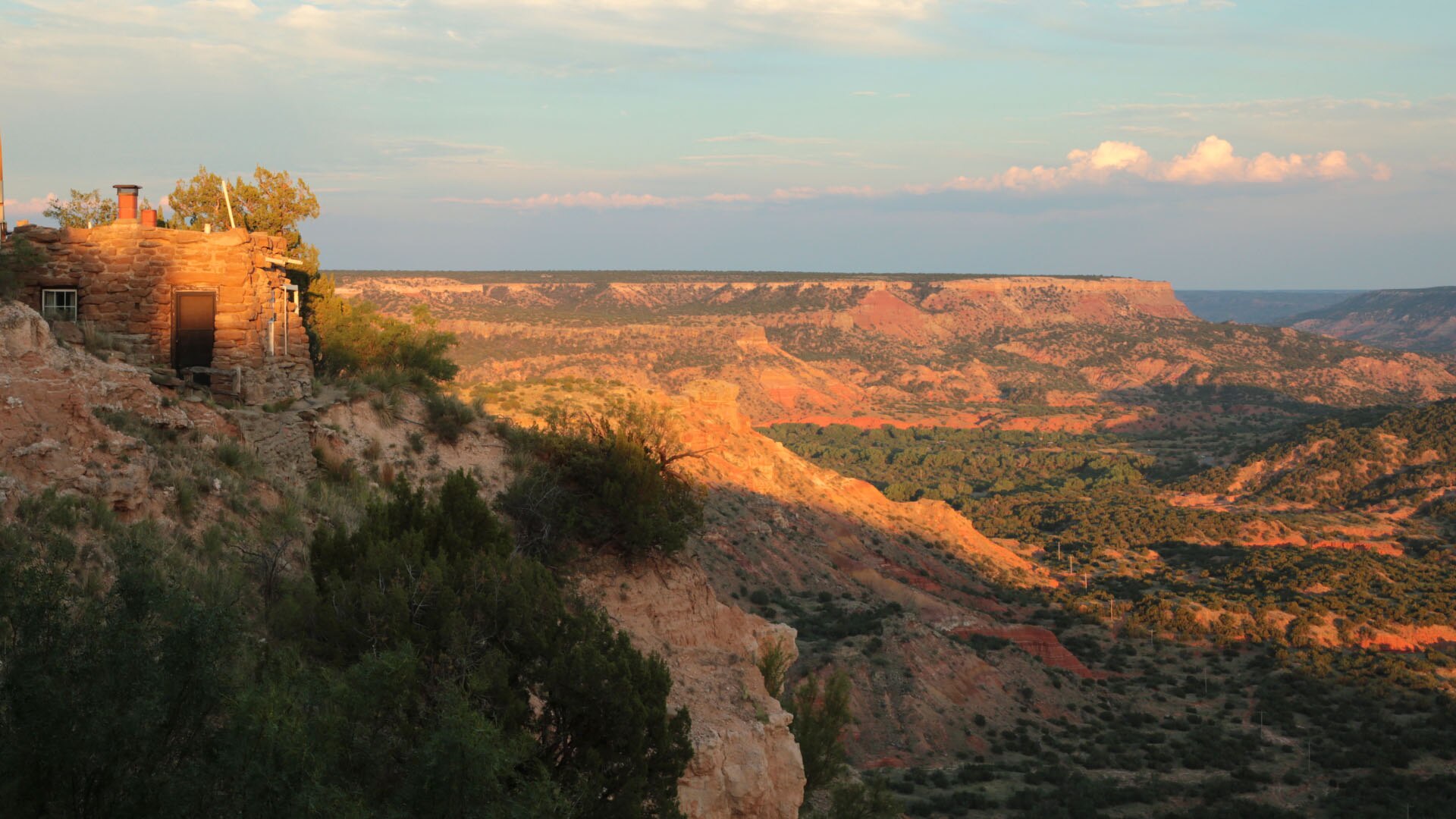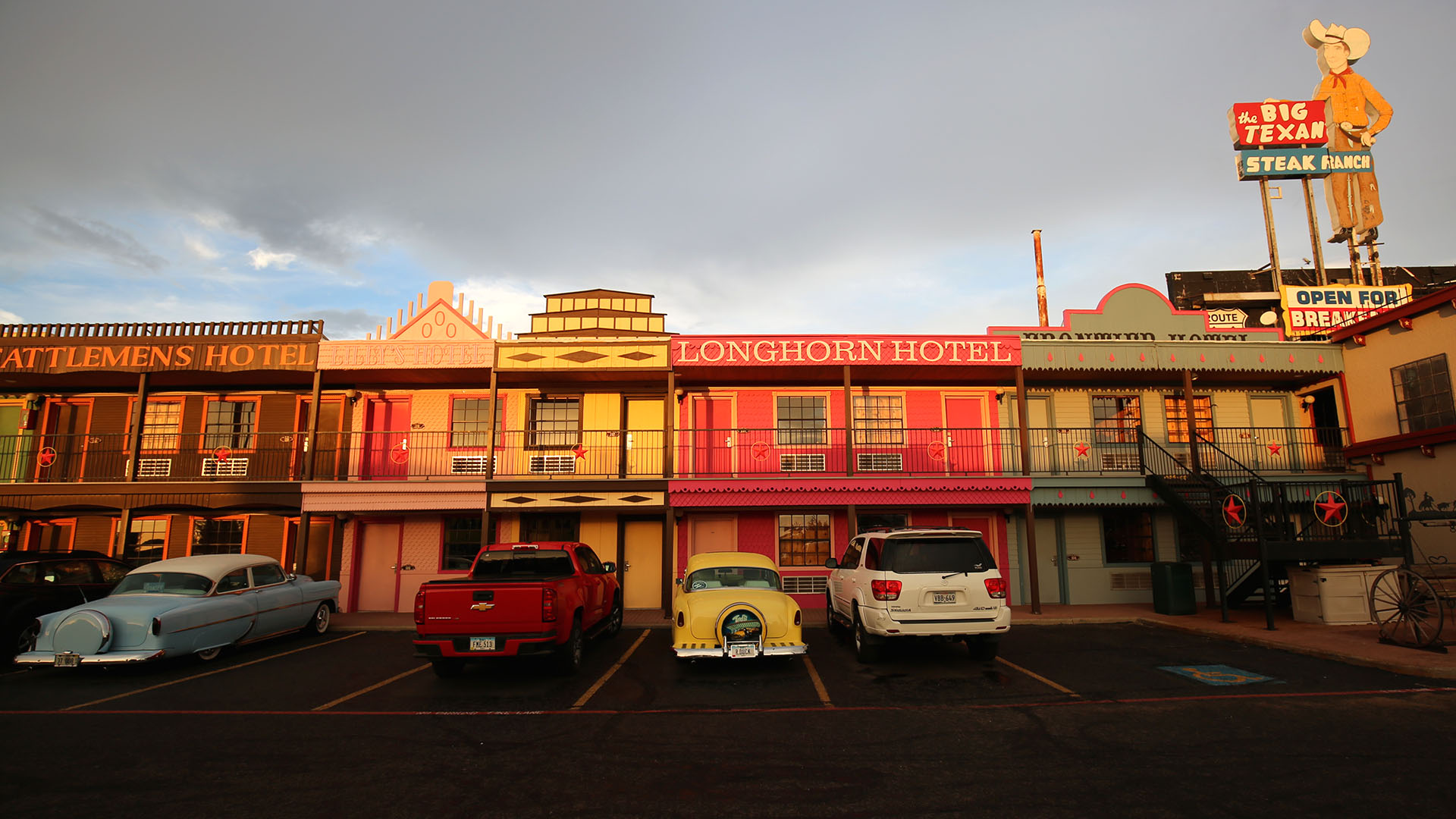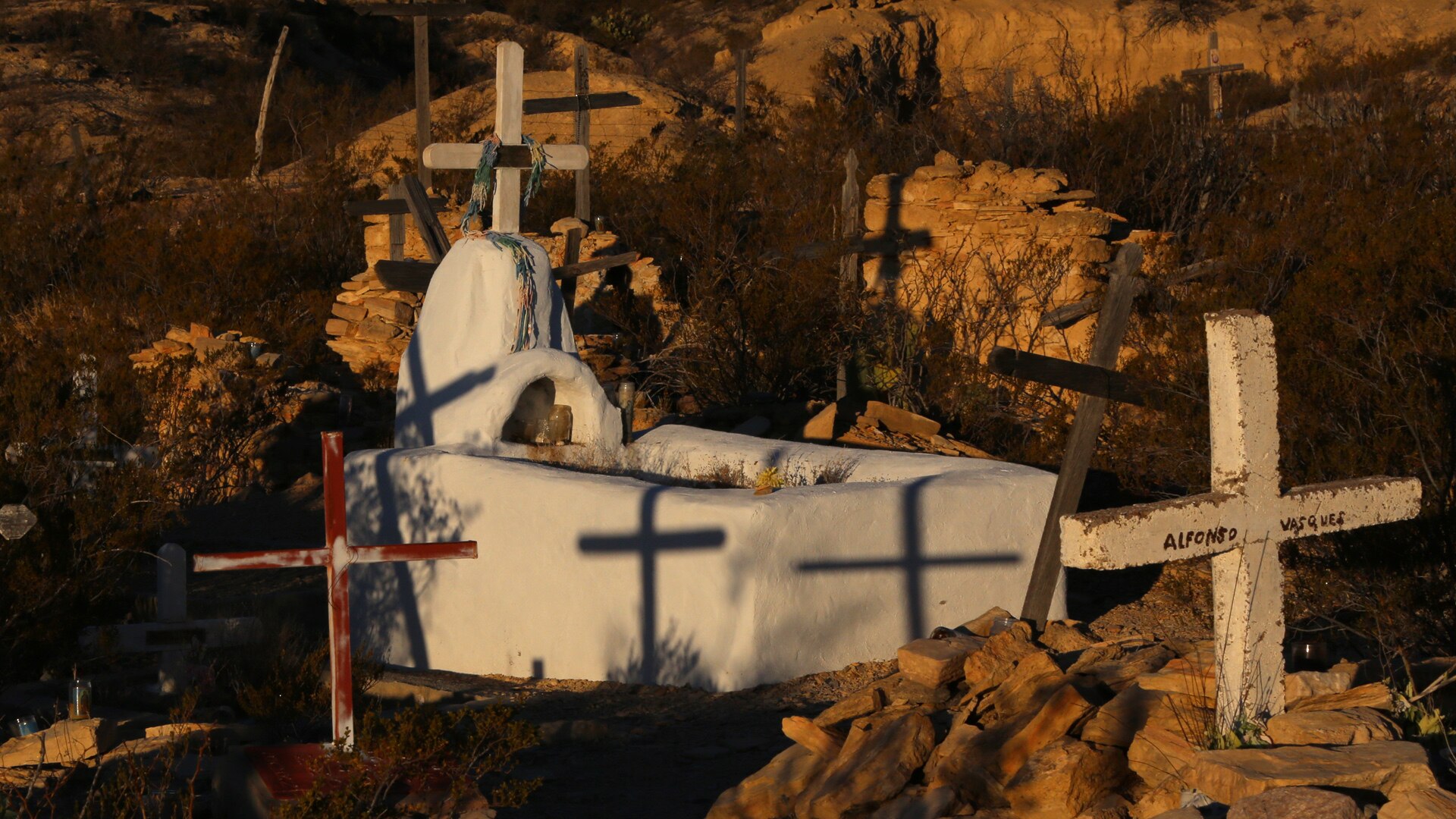Big Bend National Park

A hiker looks down on the Rio Grande River in the Santa Elena Canyon.
Solitude and stunning vistas prevail in one of America’s least visited parks.
Dark and lonely places are daunting, often conjuring up thoughts of dungeons or exile. But some travelers dream of such destinations.
Strip away the distractions of daily life — smartphones, Wi-Fi, social media — and people are forced to look inward to confront feelings. This splendid isolationism is the appeal of Big Bend National Park in Texas.
As the National Park Service celebrates its 100th anniversary this year, Big Bend remains one of the largest, most remote and least visited of the parks. Last year, Yosemite and Yellowstone National Parks drew more than 4 million visitors each; Big Bend attracted only about 350,000.
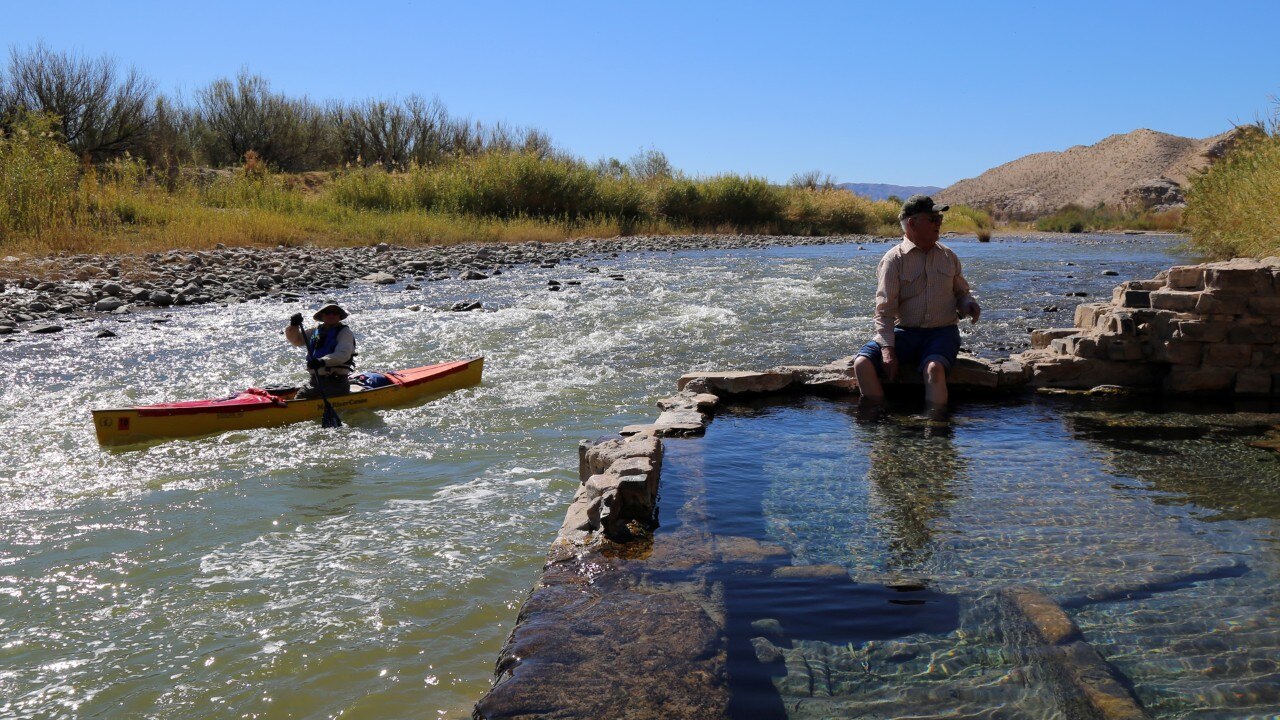
Relaxing in hot springs
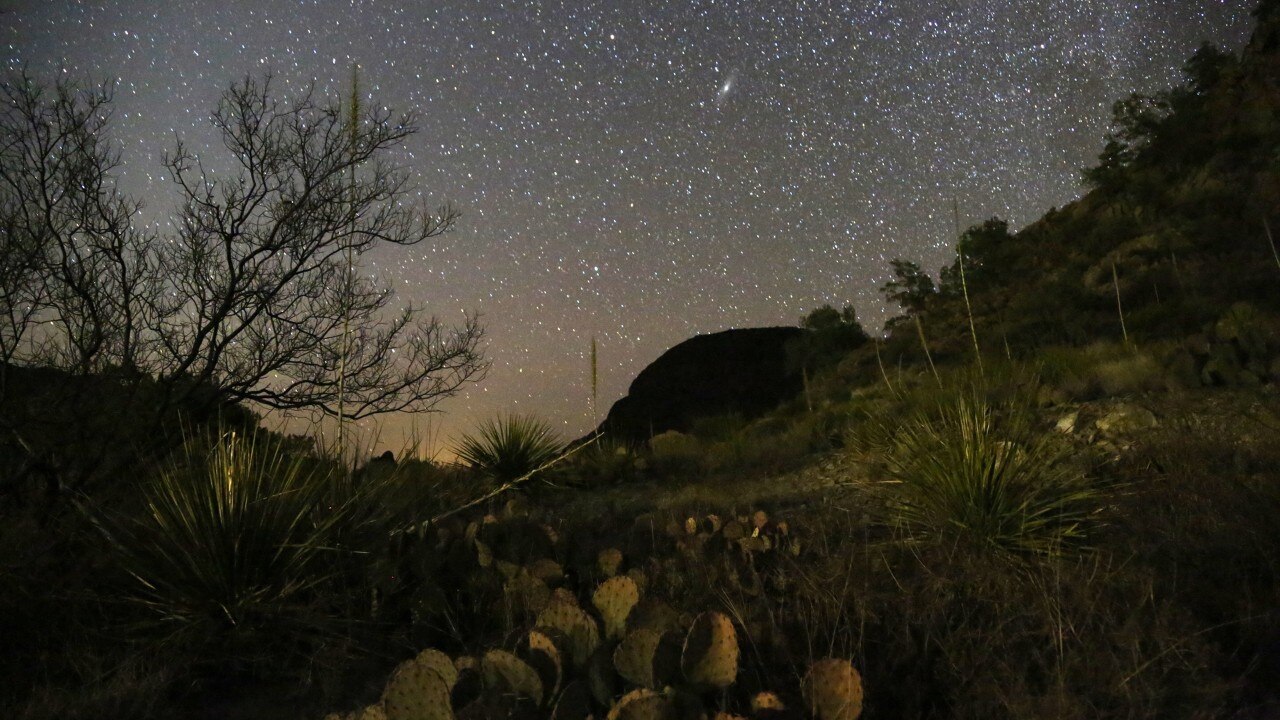
Stars shine in Big Bend National Park.
If you go for the solitude — the nearest major airport in Midland is three hours away — you won’t be disappointed. One paved road connects the bookend canyons of Santa Elena and Boquillas, and little life is visible while driving through the desert and undulating hills.
But stop, look and listen. In the park’s mountain, desert and river environments, more than 450 species of birds have been recorded. Mountain lions, bears, rattlesnakes and javelinas roam freely. You’re likely to encounter some of these on one of the many hiking trails.

Santa Elena Canyon in Big Bend National Park

Hikers enjoy a picnic at the end of the Lost Mine Trail Hike.
Hiking Trails
If you only have time for one hike, consider the Lost Mine Trail. At 4.8 miles round trip, the trail rises 1,000 feet through juniper, oak and pine trees, ending with stunning canyon views. On my way up, a downward hiker reported a black bear stubbornly standing in the trail path protecting her cubs.
The Santa Elena Canyon Trail is another favorite hike. The easier 1.7-mile round trip journey ventures into a limestone canyon, which has dramatic 1,500-foot walls.
Big Bend National Park shares the border with Mexico for 118 miles along the Rio Grande River, and visitors can venture across the border at the Boquillas Crossing station. Adventurous travelers can pay $5 to be rowed across the river and another $5 to ride a burro into Boquillas.
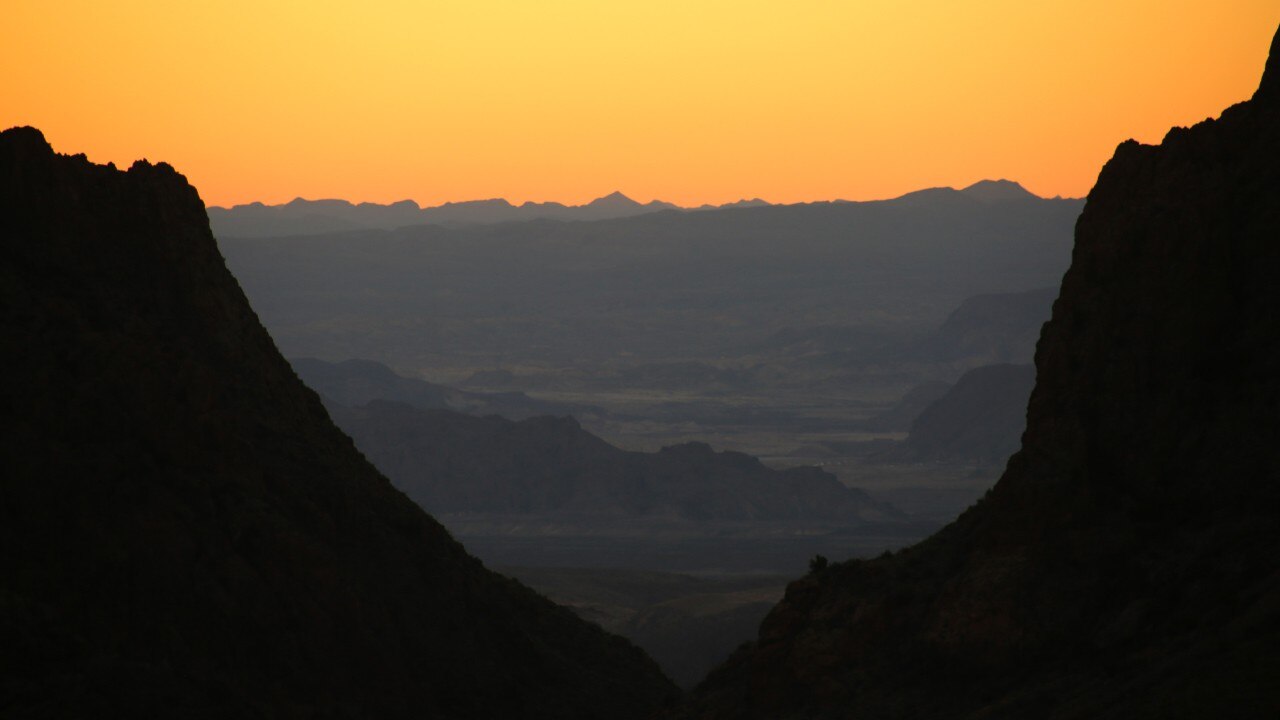
The Window at Big Bend National Park

The houses are colorful in Boquillas, Mexico.
A Star-filled Night Sky
During the day, physical activity might lead to thoughts of tossing a sedentary job or moving to a less hectic city. The darkness brings more existential thoughts. The Milky Way is easily visible, and on a clear night more than 2,000 stars shine, leading travelers to ponder their place in the galaxy.
Big Bend has the least light pollution of any National Park in the lower 48 states, due primarily to its secluded location. The International Dark-Sky Association has designated it as a Dark Sky Park, meaning is has exceptional nighttime visibility.
The park is so far away and geographically diverse that the astronauts trained at Big Bend before missions. During their slow three-day journey to the moon, they surely contemplated their existence and anticipated the new world they would soon experience. The long drive through Texas’ stark landscape toward the park might evoke similar feelings as the craggy Chisos Mountains slowly rise in the distance.
The stunning terrain and inspirational solitude often encourage repeat visits. One traveler I met had been 27 times. Now that’s thought-provoking.
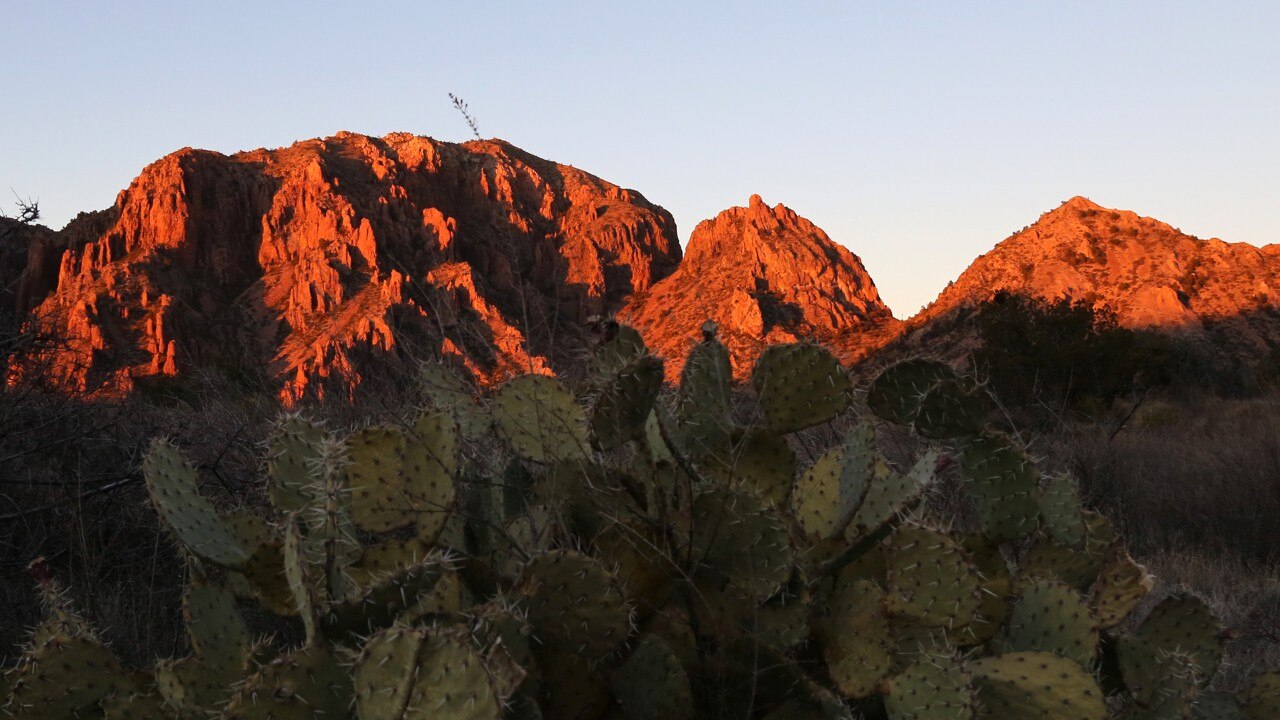
The Chisos Mountains turn bright orange at sunset
Related
Read more stories about Texas.
- Test Dallas to Houston
- Road Trip to Big Bend National Park, Texas
- Road Trip to Marfa, Texas
- Stargazing in Texas: McDonald Observatory and Beyond
- Road Trip from Austin to Fredericksburg, Texas
- Road Trip to See Texas Bluebonnets
- Nostalgic Route 66 Road Trip: Albuquerque to St. Louis
- Weekend Getaway to Palo Duro Canyon, Texas
- Weekend Getaway to see Amarillo, Texas, Attractions
- Road Trip to Terlingua, Texas

